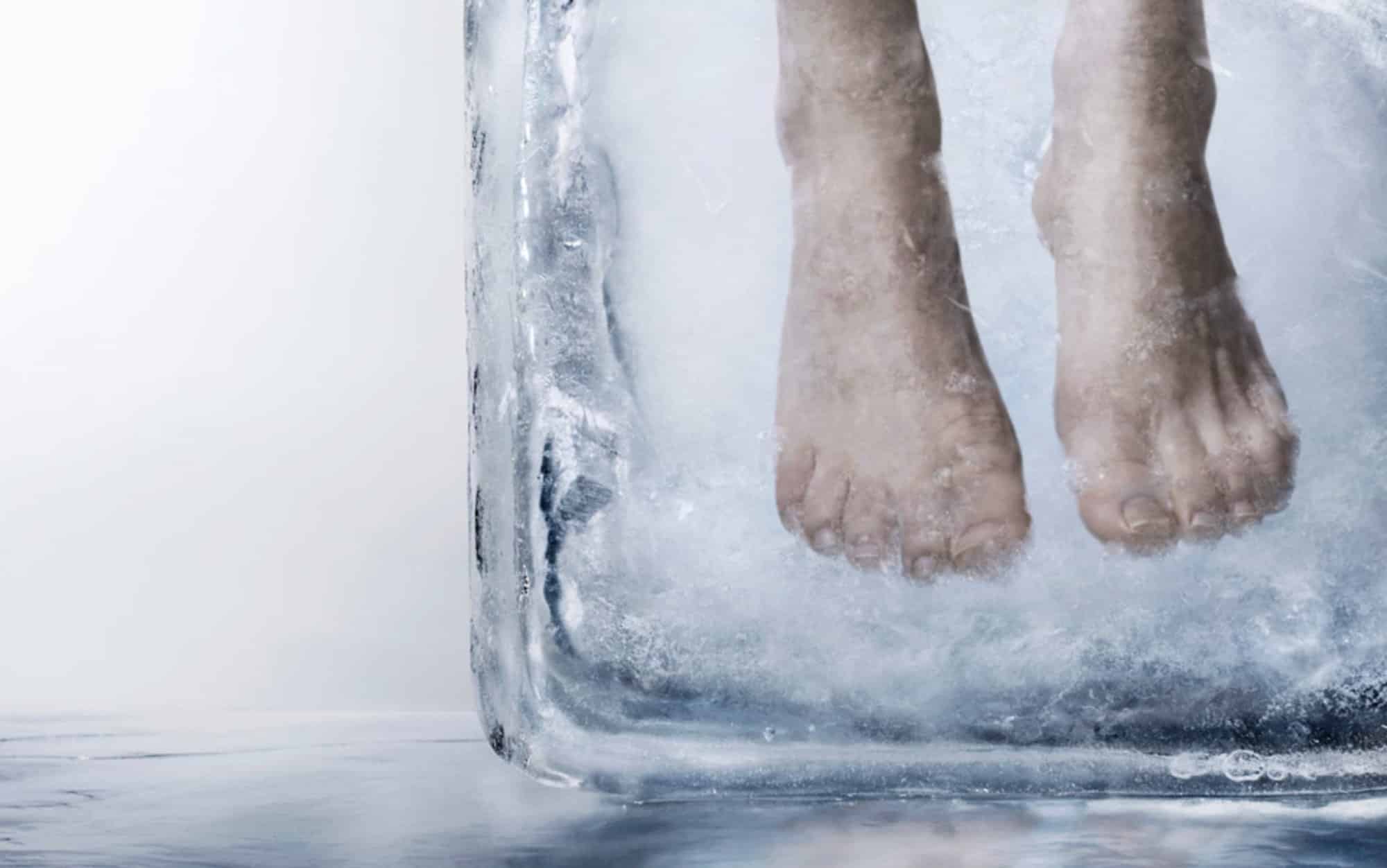A 49-year-old woman, who died of lung cancer is now resting cryogenically frozen in hopes of a future resurrection.
Sounds straight out of Tom Cruise’s Vanilla Sky innit?
Cryonics is an experimental technology that assumes that advances in medical technology will one day make it possible for frozen corpses to be resurrected. Well that is that, IT IS an experimental technology that hasn’t quite made it out of textbooks and theatres yet. Nonetheless, it didn’t stop Gui Jumin, who is convinced that if he at present had wife Zhan Wenlian’s body frozen, they would one day, through advances in technology and medical knowledge be allowed to reunite.
Zhan Wenlian died at the age of 49 from lung cancer and her husband, Gui Junmin, “volunteered” her for the cryonic procedure. Both he and his late wife wanted to donate her body to science to “give back to society.” He told Mirror UK that he was initially “pitched” the idea of cryonics with it being described as a “life preservation project.”
Immediately after her death her body was frozen by doctors at the Shandong Yinfeng Life Sciences Research Institute. They were assisted in the 55-hour procedure by specialists from Shandong University’s Qilu Hospital and Aaron Drake from the US-based Alcor Life Extension Foundation.
Gui chose to freeze Zhan’s body at Yinfeng Biological Group’s laboratory in Shandong in the hope that doctors will find a cure for lung cancer, according to the report by the official newspaper of China’s science and technology ministry. “We have to wait until there is a cure for her disease before we wake her up, otherwise there is no point,” Gui was quoted as saying. “I believe that with new technology, [resurrection] is entirely possible.”
Am torn between wanting to applaud this guy’s love for his wife and… I don’t know.
Zhan’s body is currently stored in a 2,000-litre tank of liquid nitrogen at a temperature of minus 196 degrees Celsius. Not only is the procedure costly, it requires an additional 50,000 yuan ($7,502) a year for upkeep.
Cryonics is all about timing. The bodies of the deceased are cryogenically frozen immediately after the heart stops beating. “Freezing” is a bit of a misleading term, because cryonic freezing is actually very specifically trying to avoid ice crystal formation — which damages the cells of the body’s tissues. Rapid cooling, rather than freezing, is a more accurate description of the process. A chemical cocktail of preservatives like glycerol and propandiol, in addition to antifreeze agents, are commonly used to get the body into a stable state where it won’t be decaying, but also won’t suffer damage from being stored at low temperatures for, conceivably, a very long time.
From there, the bodies are given specific care that caters to the idea that death is a continuing process; one that can ultimately be reversed. The aim of cryonic preservation would be to one day be able to thaw the bodies and reanimate them at a cellular level — preferably without too many epigenetic changes.
Even with all the faith many have in the procedure, the question remains: how scientifically possible is a project like this? Is this just an experiment to allow us to better understand human biology, or could cryonics one day become a feasible option?
We may not be able to reverse death just yet, but it doesn’t seem out of the realm of possibility to imagine that, with such wild scientific advancements underway, technology could one day allow it to be possible.






























